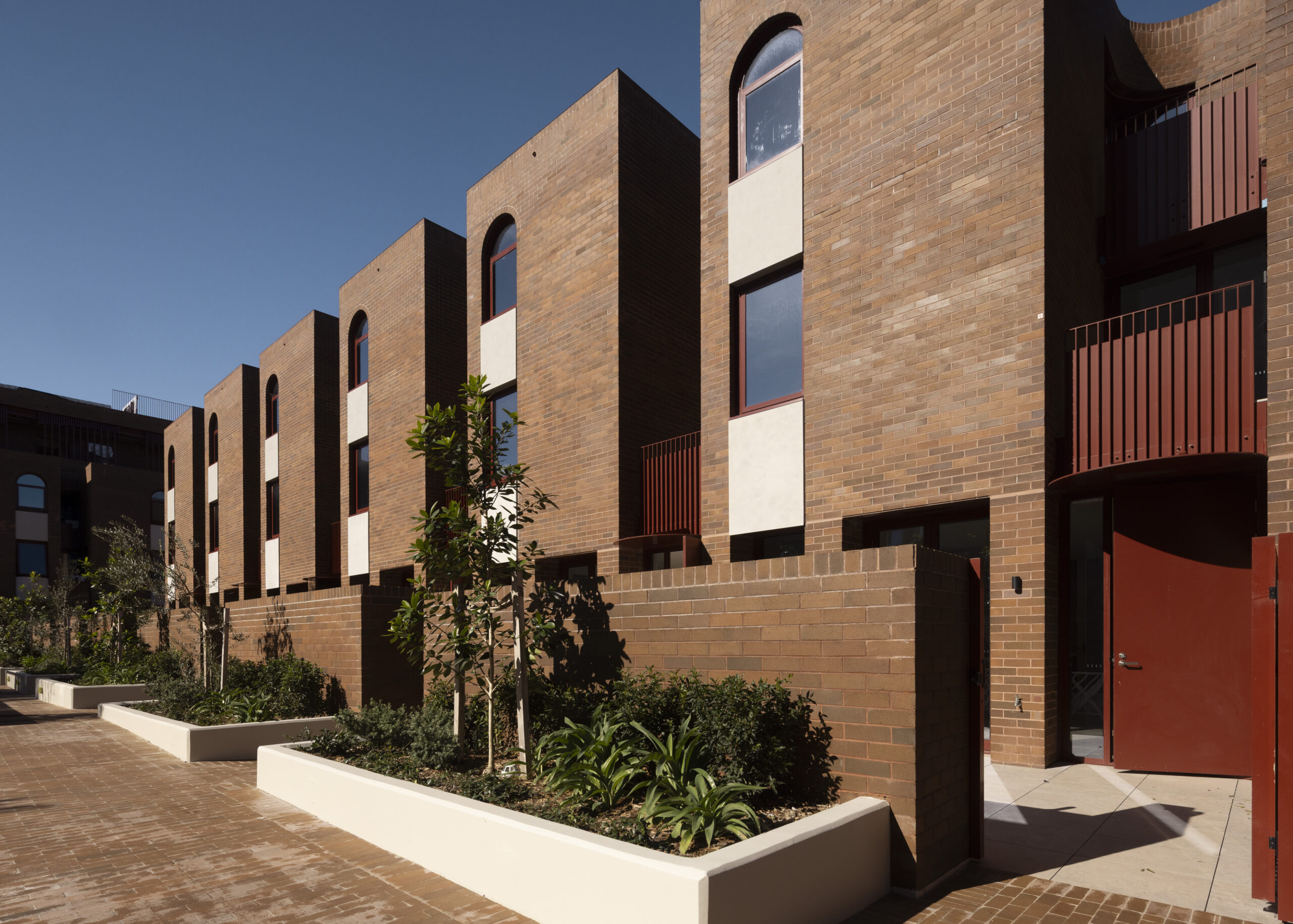
Article by Mr. Kunal Sawhney, CEO , Kalkine.
The Australian housing market has been going bananas since the advent of the COVID-19 crisis, with the home-buying frenzy sending property prices to record highs. The red-hot property market has been primarily spurred by record-low interest rates and government stimulus programs benefitting prospective buyers.
In the time of these rapidly rising property prices, growing home loan commitments and surging housing credit has become a fresh cause of concern for regulators and policymakers. The current environment of accommodative financial conditions has sparked fears of excessive risk-taking by borrowers, reiterating policymakers’ focus on lending standards.
The latest figures from the Australian Bureau of Statistics (ABS) reveal that new housing loan commitments soared by 4.9 per cent in May 2021, driven by a bump in the number of new investor loans. Meanwhile, the Reserve Bank of Australia’s (RBA) data exhibited growth in housing credit by 0.6 per cent in May, marking the most significant rise since June 2017.
Speculations are rife that surging demand for housing credit and home loans may increase riskier lending by banks if this demand-driven spread goes unchecked. The growth in such riskier lending could further result in greater financial system instability, opening a new can of worms for the banking sector.
Given these concerns, it is yet to be seen how soon the regulators will intervene in the housing market to tighten lending standards. Besides, it is worth noting that regulators were quick to cap the growth of riskier loans to speculators and investors in previous housing booms.
Central Bank’s Stance on Household Borrowing
The central bank is paying close attention to the surge in household borrowing, given the country’s already high level of household debt. The RBA intends to keep lending standards sound in an environment of increasing property prices and low-interest rates.
Although the central bank has not yet identified any deterioration in lending standards, it is monitoring the market carefully. In fact, the RBA is actively contemplating options to take the heat out of the property market, including limits on debt to income and loan to value ratios, as well as new interest rate buffers where borrowers are evaluated against higher repayment levels.
Moreover, the central bank is also keeping a close watch on the interest rates that banks use to stress test Aussies’ ability to repay their mortgages. The low-interest rate environment prevailing in the economy has seen borrowers taking up fixed interest rate mortgages for a long term in Australia.
While the RBA is unlikely to lift cash rates anytime this year, lenders have already started to raise their mortgage interest rates. Recently, the National Australia Bank increased its two, three and four-year fixed rates in response to market changes. At a time when the economy has shifted into the expansion phase, it will be interesting to see how soon the central bank will embrace an interest rate hike.
Will APRA Intervene to Cool Overheating Housing Market?
Speculations are rife that the Australian Prudential Regulation Authority (APRA) is on the verge of intervening in the property market to cool off the red-hot momentum in housing prices.
Although APRA has recently pointed out along with the central bank that they do not target property prices, they are concerned about the growing level of household debt. Neither RBA nor APRA intends to see the credit growing too quickly in comparison to people’s incomes.
At a time when investor lending and housing finance are rising rapidly, a further sharp increase in credit growth seems inevitable, which is set to surpass income growth by a substantial margin. This can prompt financial regulators, including APRA, to step into the real estate market while imposing tougher restrictions on borrowers and investors trying to purchase a property.
Australia and New Zealand Banking Group Limited expect a lending crackdown by financial regulators in the next few months, with Aussies loading on debt to get onto the housing market. However, the bank foresees regulators to move lightly in the first instance to prevent a sharp turnaround in property prices.
While financial regulators have already started discussing probable responses to a run-up in household debt, it is yet to be seen which macroprudential controls regulators will use to fine-tune a slowdown in the housing market. It seems more important than ever to prevent increased risk-taking by borrowers and narrow the widening gap between credit growth and people’s income levels.
Although APRA has recently pointed out along with the central bank that they do not target property prices, they are concerned about the growing level of household debt. Neither RBA nor APRA intends to see the credit growing too quickly in comparison to people’s incomes.
At a time when investor lending and housing finance are rising rapidly, a further sharp increase in credit growth seems inevitable, which is set to surpass income growth by a substantial margin. This can prompt financial regulators, including APRA, to step into the real estate market while imposing tougher restrictions on borrowers and investors trying to purchase a property.
Australia and New Zealand Banking Group Limited expect a lending crackdown by financial regulators in the next few months, with Aussies loading on debt to get onto the housing market. However, the bank foresees regulators to move lightly in the first instance to prevent a sharp turnaround in property prices.
While financial regulators have already started discussing probable responses to a run-up in household debt, it is yet to be seen which macroprudential controls regulators will use to fine-tune a slowdown in the housing market. It seems more important than ever to prevent increased risk-taking by borrowers and narrow the widening gap between credit growth and people’s income levels.
Mr. Kunal Sawhney, CEO , Kalkine.



